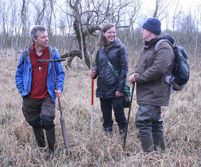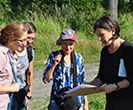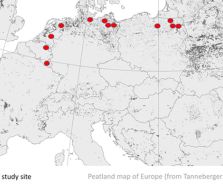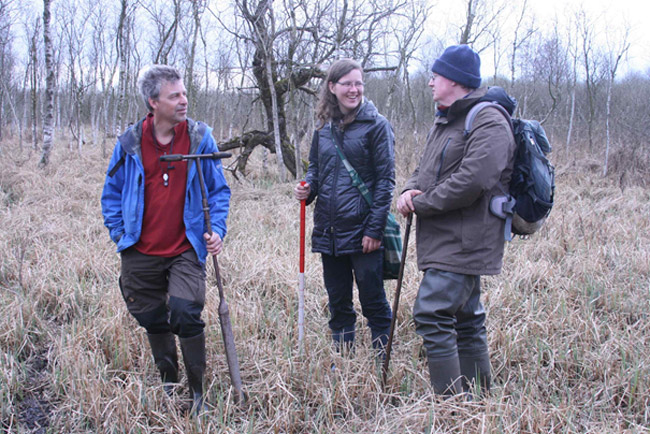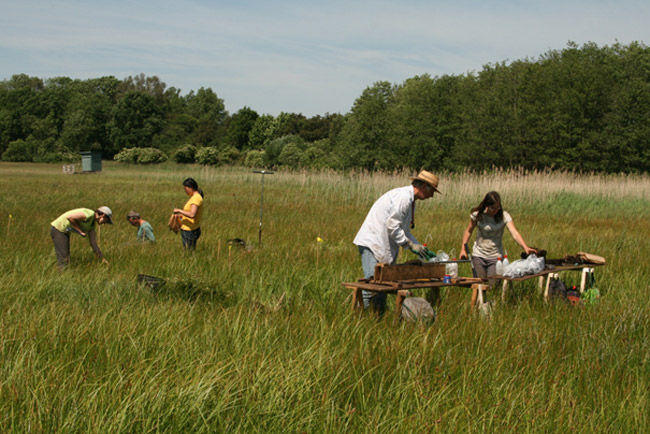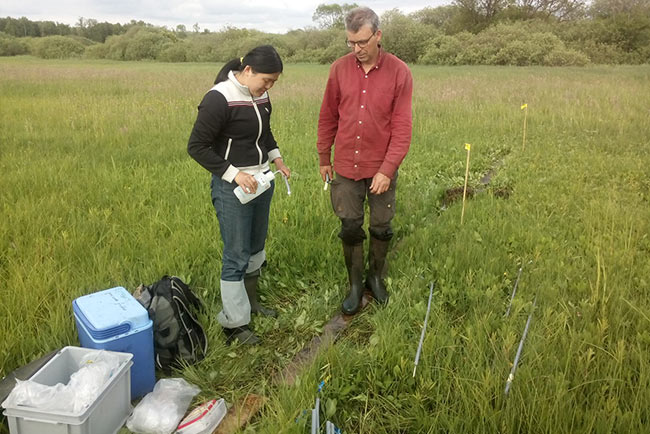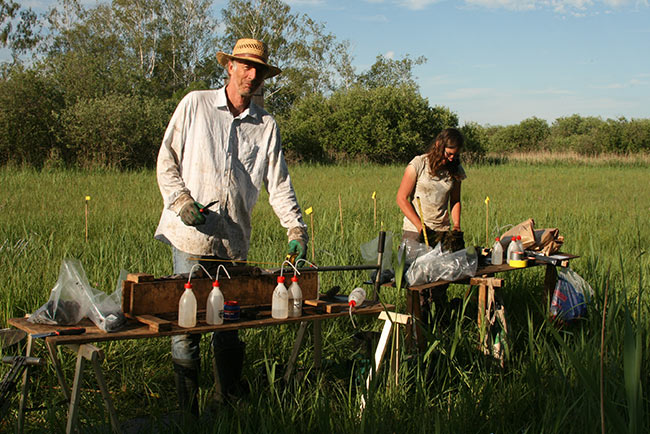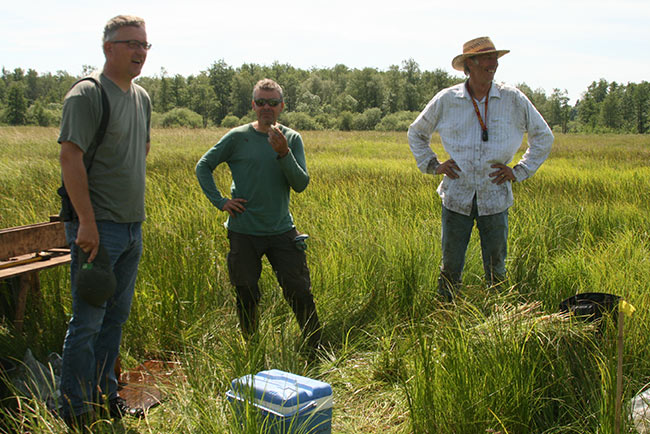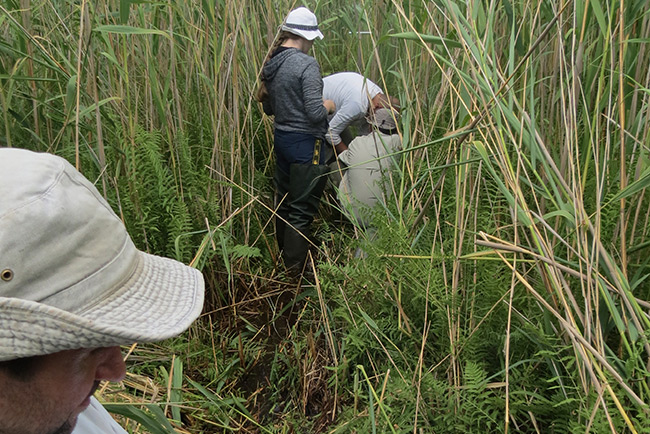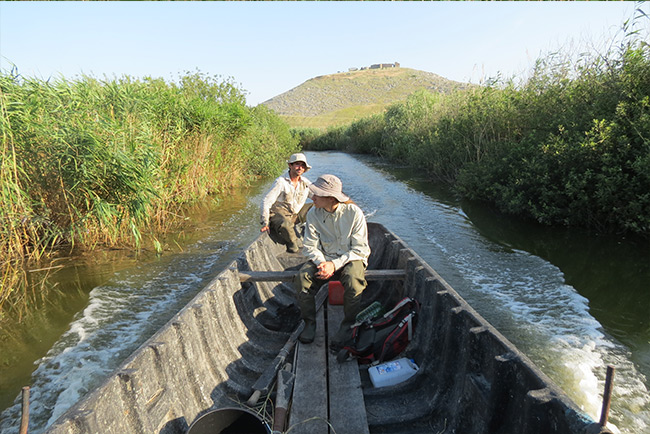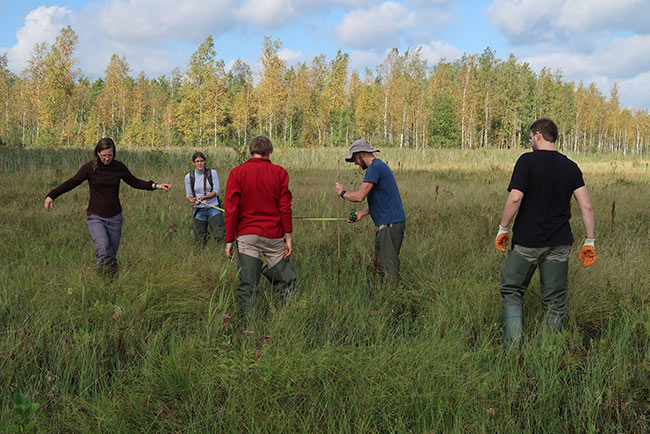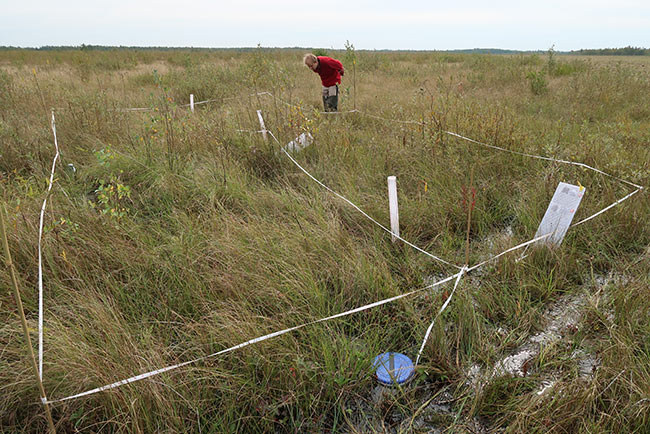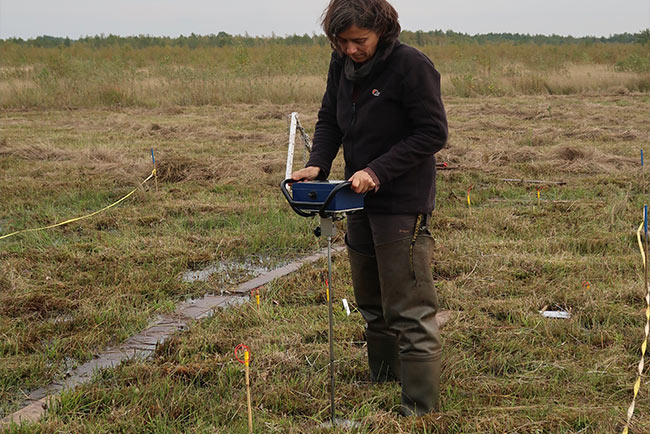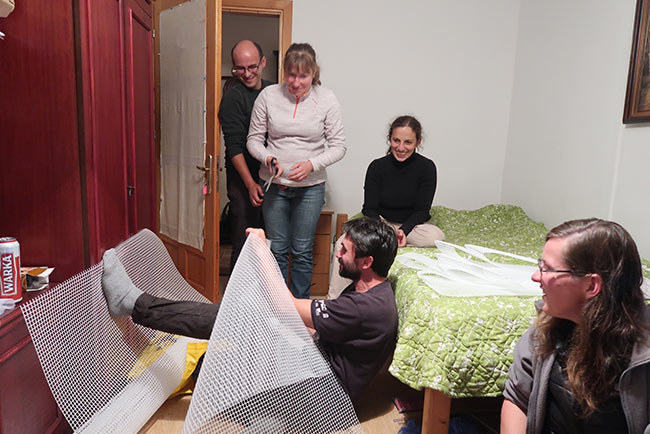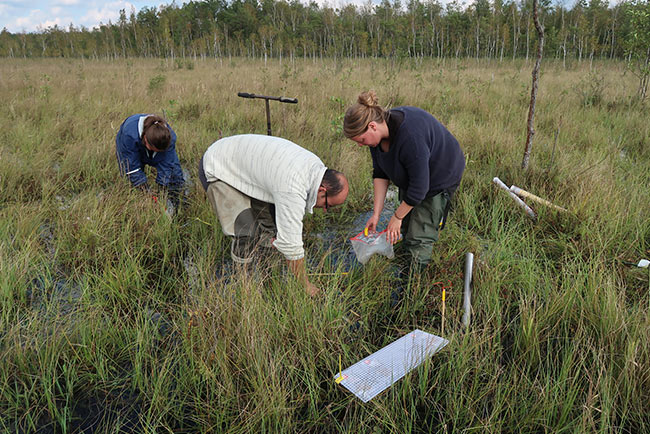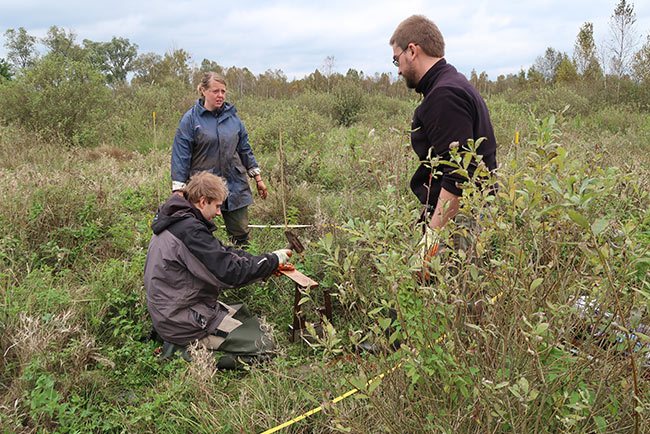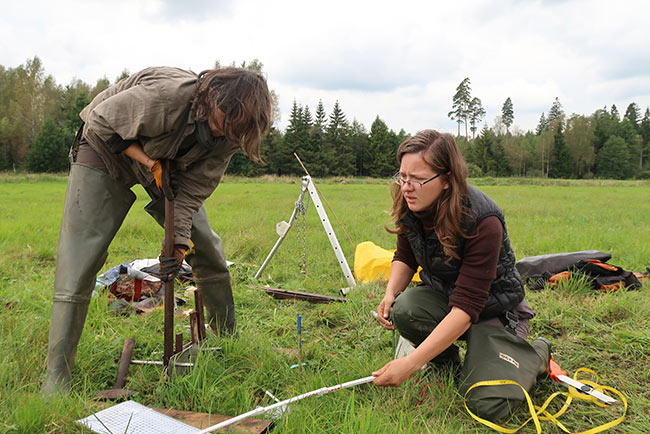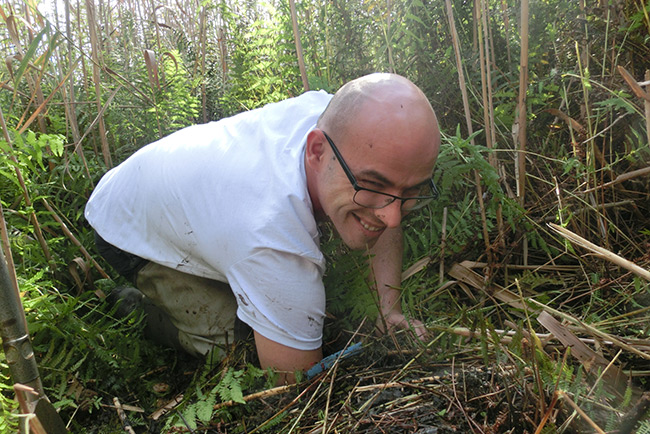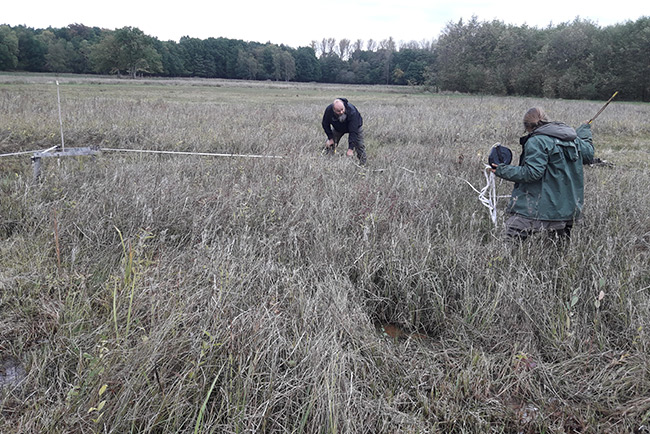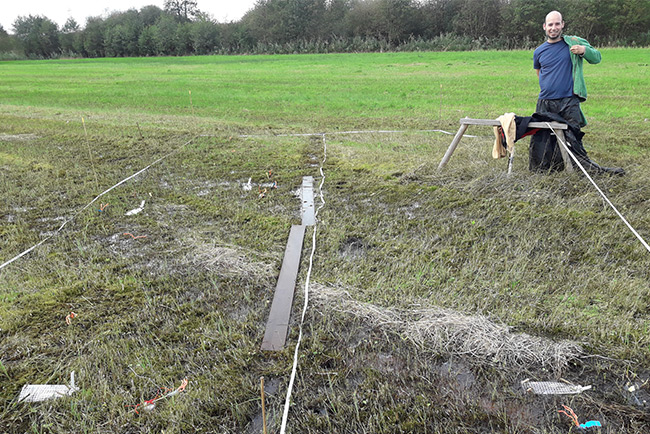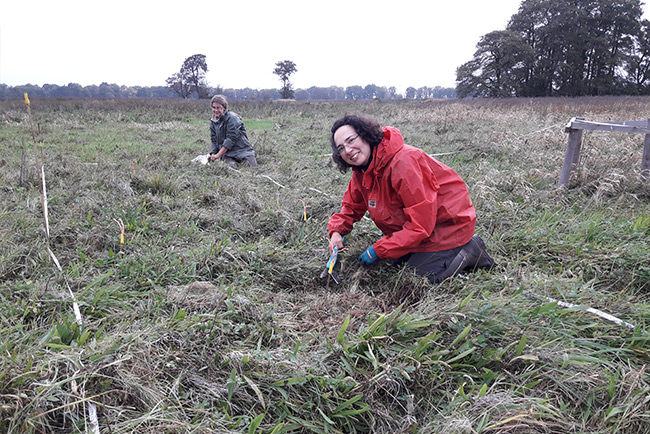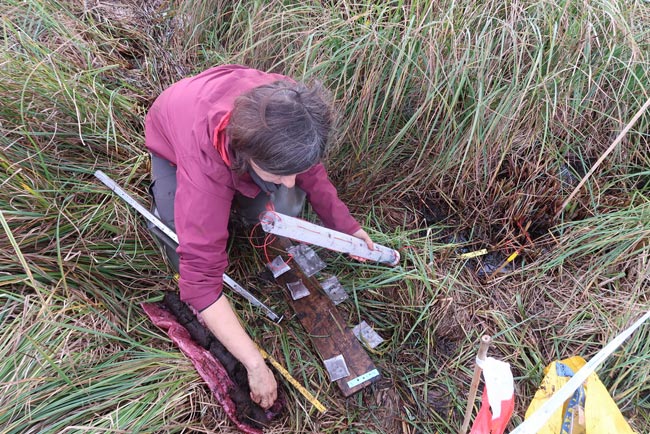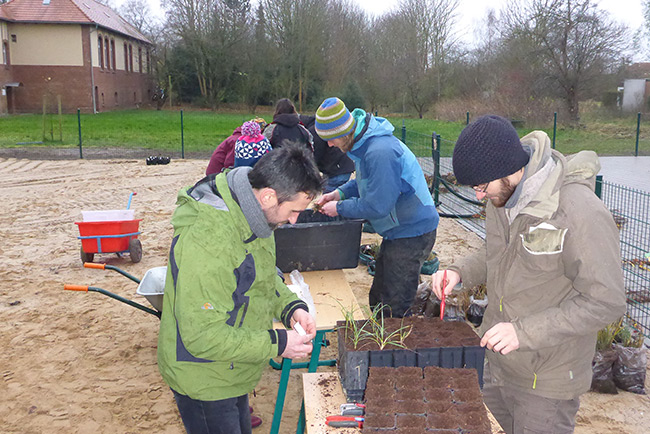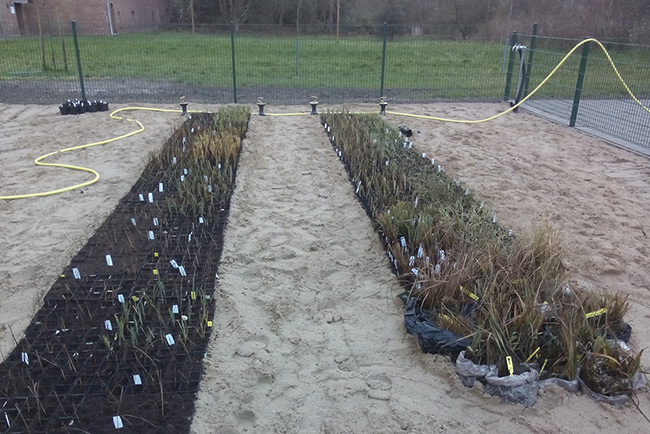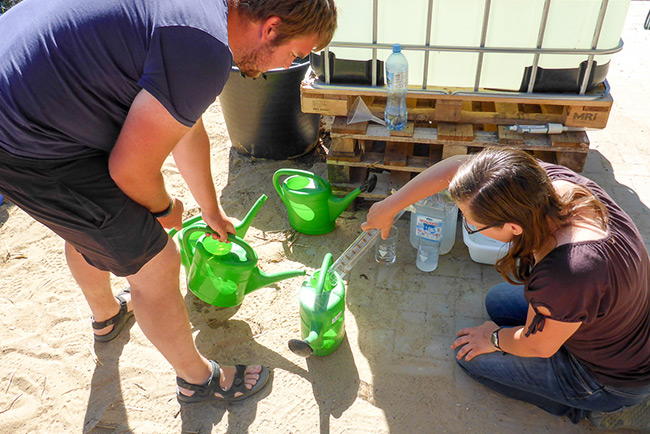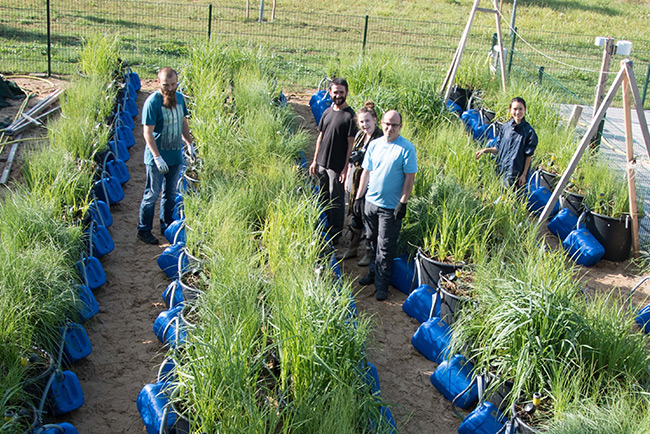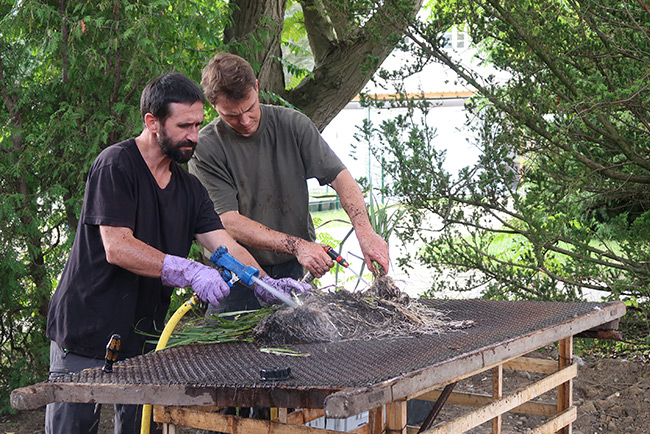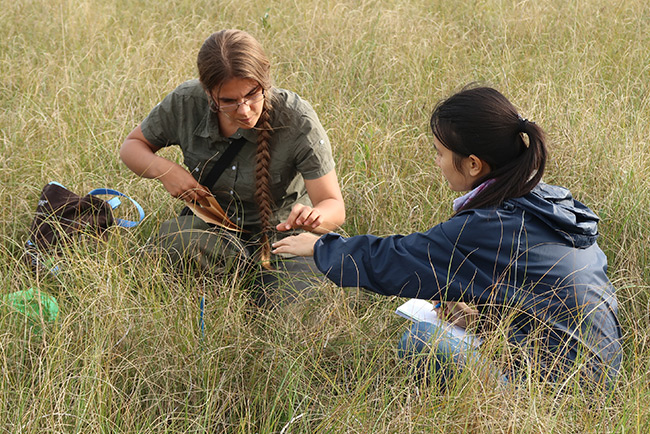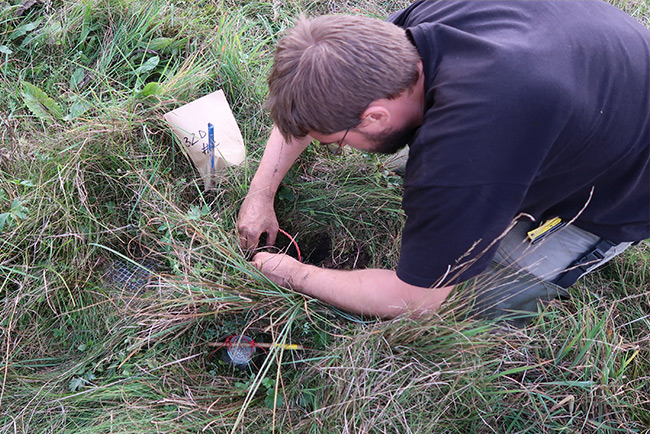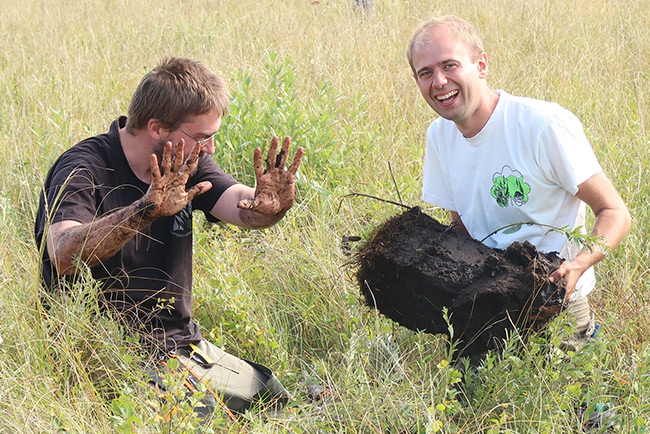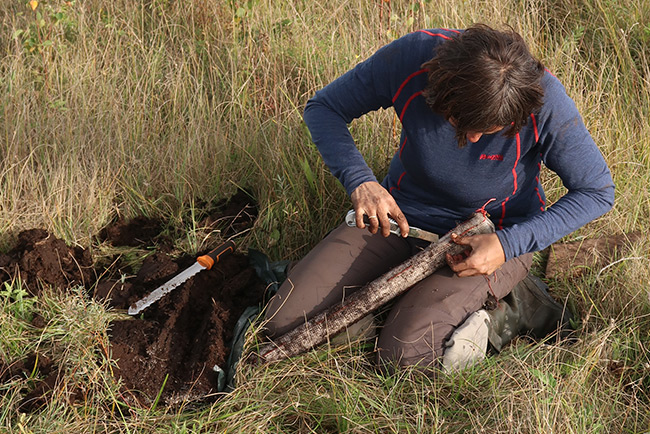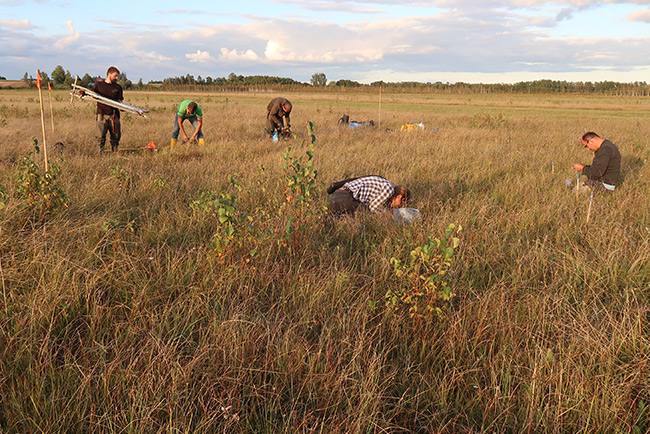REPEAT
REstoration and prognosis of PEAT formation lines - linking diversity in plant functional traits to soil biological and biogeochemical processes
Background
Belowground biodiversity is formed by fungi, bacteria, archaea, animals and plants that altogether affect soil functioning, particularly by controlling rates of production and decomposition of organic matter. Peat soils, being the most concentrated stores of soil carbon, are formed by a long-term net exceedance of production over decomposition. In Europe most peatlands, especially fens, are severely degraded. Little is known about drivers and pathways that determine whether peat formation and related ecosystem services and biodiversity are truly reinstated after rewetting. Previous research has focused on rainwater-fed bogs with upward growing peatmoss. In groundwater-fed fens, the prevailing peatland type in most European countries, roots of sedges grow into the older peat to form displacement peat.
Project goals & content
REPEAT aims to clarify the mechanisms of peat formation in fens by linking biogeochemical processes to soil community structure and biodiversity, as well as to plant belowground traits. Restoration and paludiculture (=biomass harvest in wet peatlands), providing vital ecosystem services for mitigation of climate change, regional hydrology, nutrient retention and biodiversity, receive special attention. The main research question is: How do environmental factors and human management interact with soil biodiversity in determining rates of peat accumulation in undrained and rewetted fens?
REPEAT is the first project to systematically address fen peat formation using an interdisciplinary, multi-method and multi-site approach across Europe. It focuses on both the least disturbed and the most disturbed fens and investigates the restorability of the latter ones. The main field study analyses ecosystem processes along a climate gradient through five countries (UK, Belgium, Netherlands, Germany, Poland) in triplets of undrained, drained and rewetted fens. In two countries (Poland and Romania), similar studies are carried out along transects reflecting gradients in nutrient conditions. The third field study looks at differences in these processes at pairs of long-term mown and unmown plots. The in-situ studies are supplemented by ex-situ mesocosm and laboratory experiments. REPEAT closely cooperates with the WETSCAPES project, addressing fen peat formation in Northeastern Germany.
Guidance on biodiversity-driven mechanisms of carbon sequestration and ecosystem resilience is urgently needed. Stakeholders in participating countries will be addressed through workshops, side events, and field days. Endusers at the EU, national, and regional level will be approached. A key stakeholder (Wetlands International) is involved as a subcontractor. REPEAT will advance the knowledge base for process-oriented restoration of fens and aims to impact the application of related policy. The project consolidates the peatland ecology expertise of five institutions covering the most important European fen regions to obtain the best state-of-the-art knowledge on fen peat formation processes.
Details
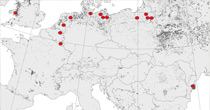
REPEAT works in five European countries with substantial peatland cover: UK, Belgium, the Netherlands, Germany, Poland, and Romania. Study sites are located along a climate gradient from the Atlantic coast to Eastern Poland and arranged in ‘triplets’ of near-natural, drained, and rewetted percolation fens (39 sites). In Poland and Romania, additional sites along eight trophy gradients are studied. Pairs of long-term mown and unmown plots are analysed in the Netherlands, Germany, and Poland.
Main study regions
The Kempen Area, NE-Belgium, consists of an undulating landscape of glacial origin with small and medium-sized rivers whose valleys are filled with peat. Until the 20th century these valleys were only used for hay-making. Especially since 1950s, large parts of the area were heavily fertilized and drained. The small more or less natural remains not used for agriculture suffered from altered hydrology and nutrient inputs. Since 1992 several rewetting projects started, the largest one in the valley of the Zwarte Beek.
The Peene Valley, NE-Germany, contains the largest fen complex in western Central Europe (18,000 ha of peatlands). Most parts have a history of land use but the Peene valley is the least affected, most natural river valley fen in Germany. Land use intensity peaked in 1960-1995 with the establishment of polders, since 1993 restoration measures rewetted 10,000 ha of formerly degraded peatland. Yet peat-forming vegetation is only slowly establishing. Most study sites are mown.
The Biebrza fens, NE-Poland, are one of the largest alkaline groundwater-fed fens in the EU and are characterised by little-modified hydrological conditions. Mowing, once abandoned, has recently been reintroduced for conservation reasons. The Biebrza area serves as a reference for both mesotrophic and eutrophic fens but also contains drained parts, where degradation effects are studied. Rospuda Valley, within the Biebrza catchment, is one of the last remnants of undisturbed low-productive percolation fen, where peat-forming plant communities persist without human management. Rospuda serves as a reference for this type of fens.
The Danube Delta, Romania, is the largest fen area of Southern-Central Europe (5,800 km2 in Romania and 50 km2 in Ukraine). The eutrophic peat layers reach 6m depth. Reed is the dominant species. Vegetation management include domestic mowing for cattle and mechanised cutting in winter for industrial use. The area contains both drained and well-preserved sites and will be used as a reference site for peat accumulation under eutrophic conditions that occur after rewetting highly decomposed peat (c.f. Peene Valley & Kempen).
Other study sites are located in Wales (UK), Arlon (Belgium), Binnenveld and Drentse Aa (The Netherlands), near Kiel (NW-Germany), in Recknitz valley (NE-Germany), in the Mazurian Lakeland, and in the very Northeast of Poland.
The project is organised in eight work packages (WP; see scheme below). WP2 comprises all site measurements, which will be used as factors and indicators in other WPs. WP3 assesses peat formation in all sites, both by direct methods and by calculating the balance between production and decomposition of organic material (standard materials, fine roots, mosses). This information will be analysed in reference to the results of WP4 and WP5, which analyse the diversity of producer and decomposer communities in functional terms. Modelling (WP6), along with the scientific integration package (WP7), translate project results into ecosystem processes and provide input to terrestrial climate models. WP8 will then communicate the main results of the project about the implications of peatland management on climate mitigation and protection of biodiversity.

Field campaigns
April 2017: Screening round to potential study sites in Belgium, Netherlands, Germany and Poland by Camiel Aggenbach (Antwerp University) and local partners.
May/June 2017: Sampling campaign by Antwerp and Greifswald universities for site parameters and soil samples to all 39 triplet sites. Sampling campaign by Warsaw University at seven trophy transects in Poland.
July 2017: A small team from Warsaw University surveys together with the team from Danube Delta Research Institute potential study sites in Danube delta.
September/October 2017: Installation campaign by Greifswald and Warsaw universities in all 96 study plots in all six countries: 303 ingrowth cores with standard substrate, 303 large (0-50 cm depth) litter bag frames with local root material and standard material (rooibos tea) at three depths, 132 large (0-50 cm) litter bag cores with homogenised local peat, 404 litter bags with standard moss (Calliergonella) biomass, 480 litter bags with local above-ground biomass, painting numerous moss for assessing moss production… and almost 1 km of bamboo sticks for marking the installations!










